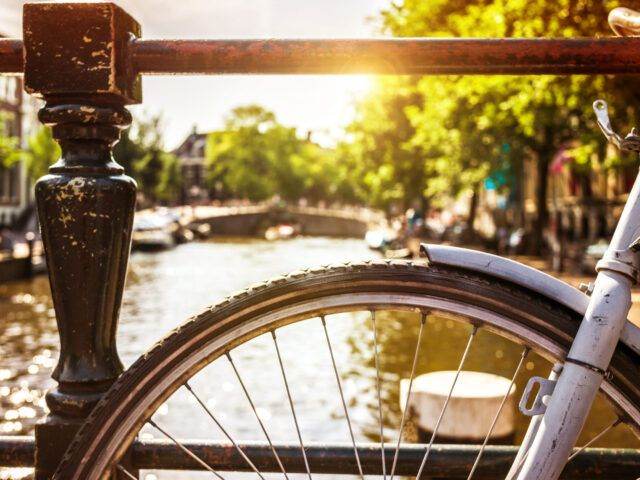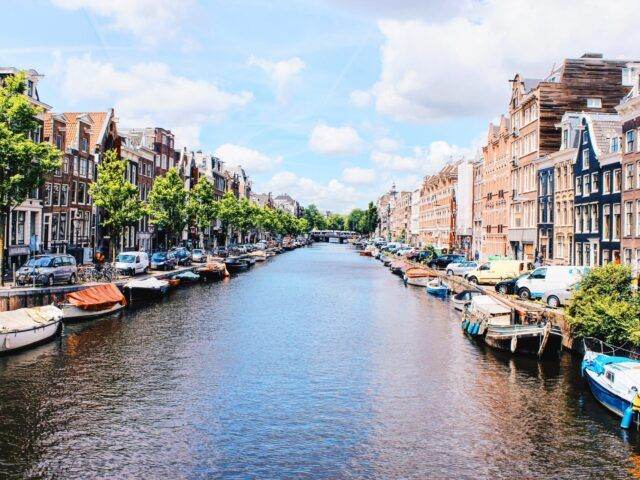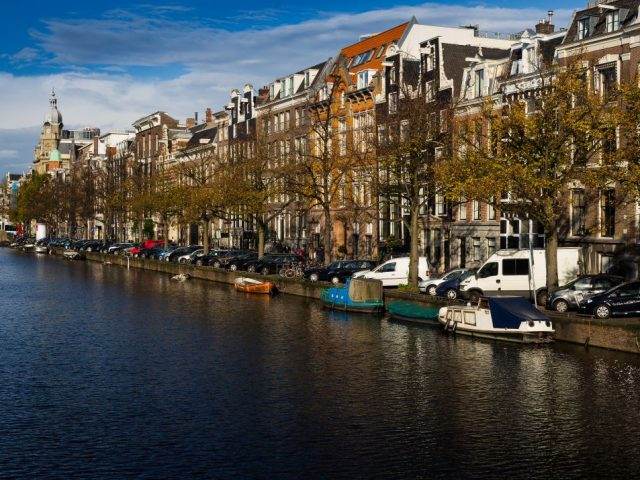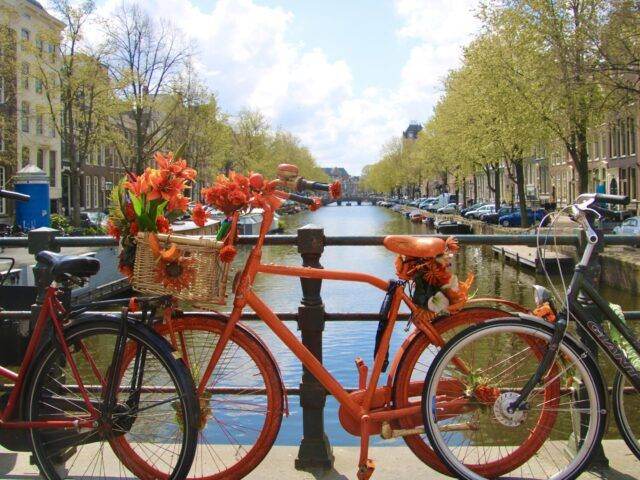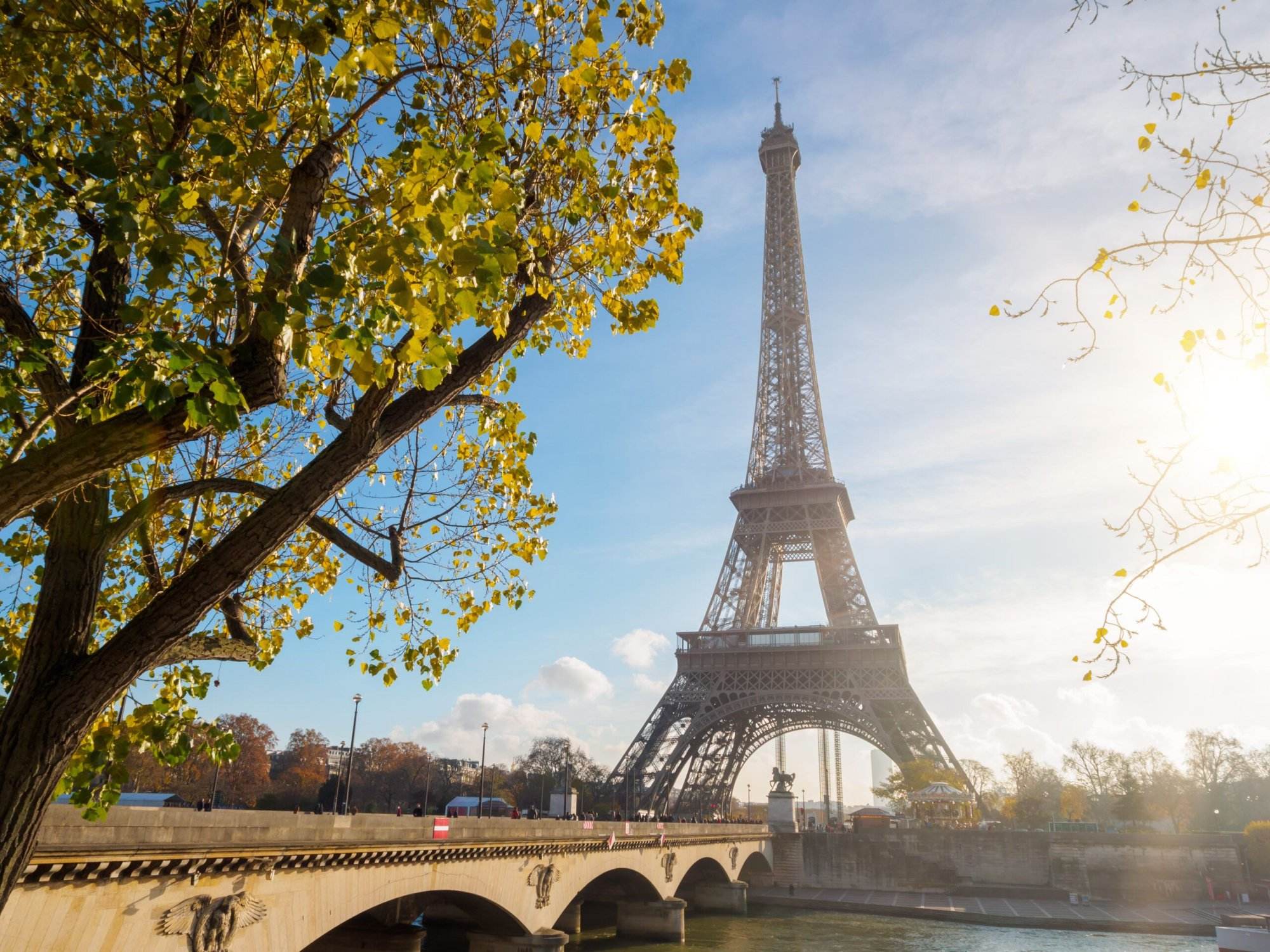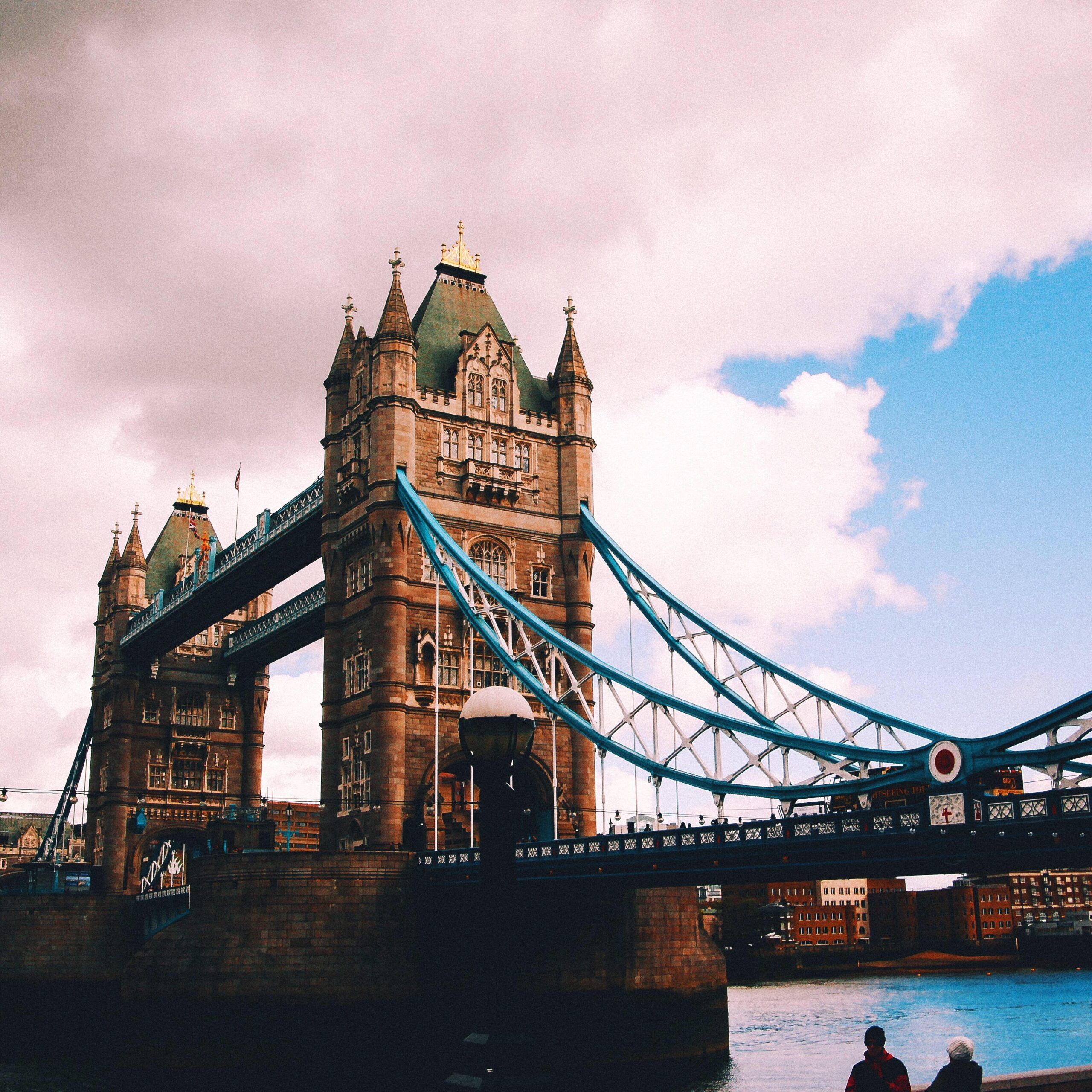Travel Tips: Your Guide to Great Journeys
Love traveling? Get the best tips from “Tips Around Me” for fun, easy trips. We help make every journey special.Why Travel Tips Matter
Travel can be fun but tricky. It’s about planning, packing right, and knowing your way around. Good tips make trips better – they’re smoother, cheaper, and full of great memories.Packing Smart
Pack Light: Avoid overpacking. We’ll show you how to pick clothes for all occasions and how to pack smart. Essentials: We have a list of must-haves like documents, medicine, and chargers.Airport Tips
Airport Tricks: Save time and stress less with our airport advice. Booking Flights: Learn to get the best flight deals and use your loyalty points well.Staying Somewhere?
Finding Places to Stay: We help you find the best places to stay that fit your budget. Stay Safe: Safety first. Learn how to pick safe places and stay alert.Local Experiences
Culture Tips: Respect local ways and connect with people. Food Abroad: Enjoy eating out safely, even with food allergies.Travel Budgeting
Saving Money: We teach you how to cut costs on travel and still have a great time. Insurance: Protect your trip. We explain travel insurance and why it’s important.Health and Safety
Stay Healthy: Tips on vaccinations and health care while traveling. Solo Traveling: Safe and fun solo travel tips.Eco-Friendly Travel
Green Travel: Learn how to travel without harming the planet. Travel can change your life.With “Tips Around Me,” you’re set for memorable, insightful trips. Our guide is perfect for all travelers.
Check out our site for helpful articles and expert tips to improve your travels. We make sure every trip is amazing.
Ready? Pack up, step out, and start your adventure!
POPULAR TRAVEL LOCATIONS
Amsterdam
Amsterdam travel tips. Discover the best Amsterdam travel tips! From iconic attractions like the Anne Frank House and Van Gogh Museum to exploring the charming canals and vibrant neighborhoods, this guide provides essential insights for an unforgettable trip. Learn about local customs, transportation options, hidden gems, and must-try Dutch cuisine…
Barcelona
Uncover essential Barcelona travel tips for an unforgettable trip! From the architectural wonders of Antoni Gaudí, such as Sagrada Familia and Park Güell, to the vibrant atmosphere of Las Ramblas and the Gothic Quarter, this guide provides valuable insights for exploring the dynamic capital of Catalonia. Discover the best tapas bars, learn about …
Dubai
Unlock the secrets of Dubai with essential travel tips! From towering skyscrapers like the Burj Khalifa to the luxurious Palm Jumeirah, this guide is your key to navigating the dazzling city of gold. Discover the best shopping destinations, indulge in world-class dining experiences, and explore the rich cultural heritage of Dubai’s old town. …
Madrid
Embark on a remarkable journey through Madrid with these essential travel tips! Unveil the rich history and vibrant culture of Spain’s capital city. Discover iconic landmarks such as the Royal Palace and Prado Museum, savor authentic tapas at bustling markets, and immerse yourself in the energetic atmosphere of Gran Via. Delve into the city&#…
Paris
Unlock the magic of Paris with essential travel tips! From the iconic Eiffel Tower to the artistic treasures of the Louvre, this guide reveals the best of the City of Lights. Explore charming neighborhoods like Montmartre and Le Marais, indulge in delectable French cuisine, and stroll along the Seine River. Learn about local customs, navigate the e…
Rome
Uncover the wonders of Rome with essential travel tips! From the ancient ruins of the Colosseum and Roman Forum to the awe-inspiring Vatican City, this guide is your key to exploring the Eternal City. Discover the best gelato spots, indulge in mouthwatering Italian cuisine, and soak in the charm of neighborhoods like Trastevere and Campo de’ …
Singapore
Embark on an unforgettable journey through Singapore with essential travel tips! From the futuristic skyline of Marina Bay to the cultural heritage of Chinatown and Little India, this guide unveils the best of the Lion City. Discover the most vibrant hawker centers, explore lush gardens like Gardens by the Bay, and experience the blend of tradition…
Tokyo, Japan
Explore Tokyo’s hidden gems and local favorites with Tips Around Me. Get insider tips on the best cafes, restaurants, bars, and attractions in Tokyo, including addresses, maps, hours, and must-try experiences. Discover Tokyo like a local!
Turkey
Unleash the wonders of Turkey with essential travel tips! From the captivating city of Istanbul, where East meets West, to the ancient ruins of Ephesus and the surreal landscapes of Cappadocia, this guide unveils the best of this culturally rich country. Discover the vibrant bazaars, indulge in mouthwatering Turkish cuisine, and immerse yourself in…
United Kingdom
Explore essential United Kingdom travel tips designed for a seamless journey! Discover valuable insights about the UK’s top destinations, local cuisine, public transportation, and unique cultural practices. These expert travel suggestions ensure an enriching and hassle-free adventure throughout England, Scotland, Wales, and Northern Ireland. …
United States
Discover essential United States travel tips to ensure a memorable adventure across its expansive and diverse landscapes. Our guide offers invaluable insights into navigating various destinations, embracing the cultural mosaic, and maximizing your American experience, whether exploring bustling cities, historic landmarks, or serene national parks. …


